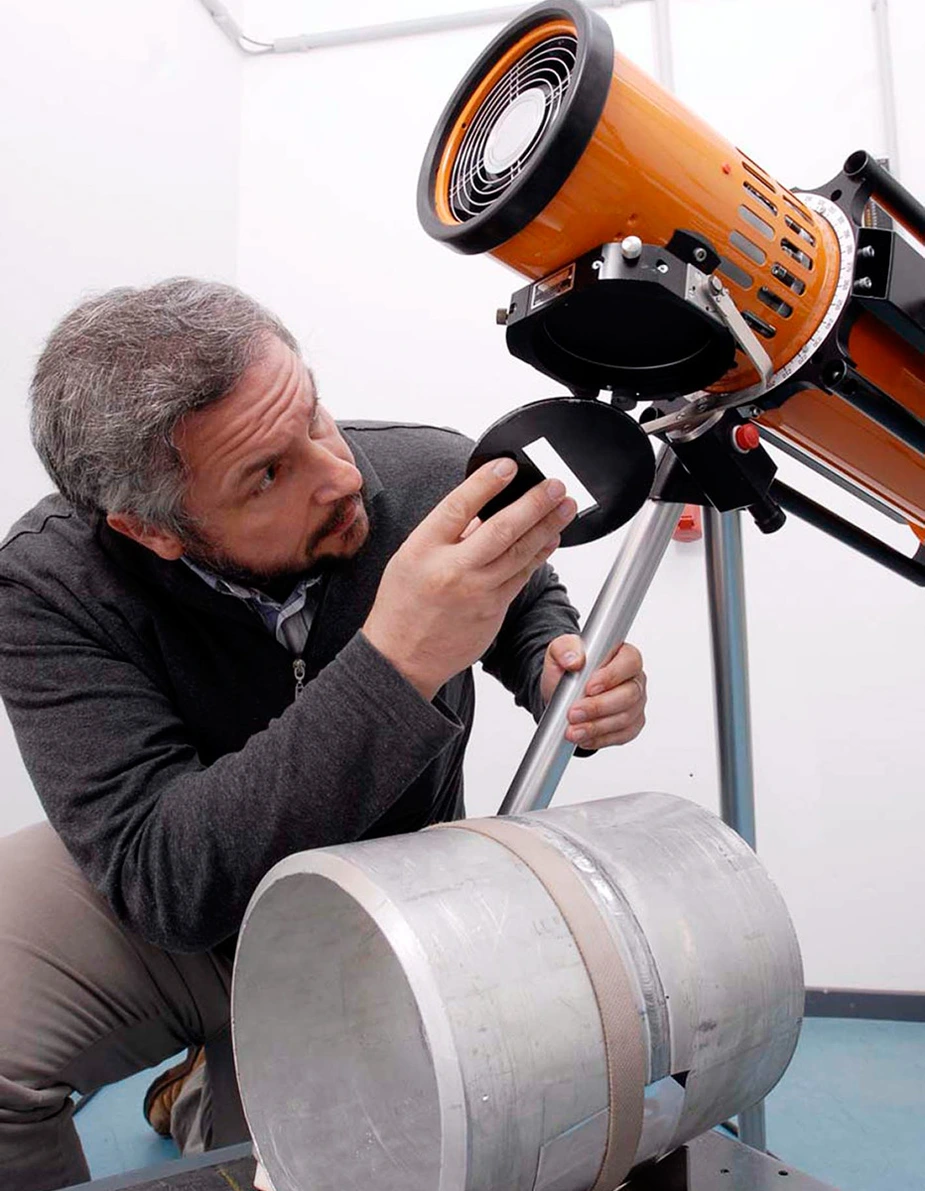Gentle means safe
Nondestructive materials testing helps to prevent accidents and disasters
It lies there like a gun barrel, behind a thick door in the basement: an orange coloured X ray tube. The crucial difference: the X rays are not meant to wreak destruction. They pass through material and detect concealed defects like fine cracks and other irregularities. The highlight of this particular specimen: it is mobile and can be used on site, for instance, to inspect welds in chemical plant and power station boilers.
“Nondestructive materials testing helps to prevent accidents and disasters. Today, gas and oil supply infrastructures are inconceivable without it, not to mention bridge building, automotive production, and train construction. They are also gaining in importance for authenticating the provenance of art and cultural objects and for preparing their restoration,” said Matthias Purschke, General Manager of the German Society for Non-Destructive Testing (DGZfP). Founded in 1933 in Berlin, it can now boast a membership exceeding 600 companies and 1,000 persons. Throughout Germany there are 80 employees, of which 35 are working in Adlershof alone.
Optical methods adopt a crucial role in nondestructive testing. Not only X rays, also video-scopy, endoscopy, and computed tomography as well as ultrasonic, dye penetration, and magnetic particle testing are used – for examinations that are also possible on operating machines and ongoing production. The specialists this technology needs are trained at seven centres distributed around the country, one of them in Berlin Adlershof. Here, modern training rooms and laboratories have been set up, for example with the orange coloured X ray tube. During the compact courses mostly taking fourteen days, the trainees learn the theoretical background to the measuring methods and the principles of practical applications together with characteristic failure modes.
“Besides training and promoting the next generation, our society also supports the research and development of measuring methods and instruments. Many of them can trace their roots back to Germany,” stressed Purschke. Moreover, the DGZfP provides key contributions to standardisation, and it offers a platform for networking researchers, device manufacturers, service providers, and other users. Its expert committees, seminars, and conferences contribute to a lively exchange of ideas and knowledge in the community. At present, preparations are underway for the DACH annual meeting that will be cohosted by Austrian and Swiss colleagues in Salzburg in May. Also the quadrennial world congress, which will be held next year in Munich, is already casting its shadow ahead.
By Dr. Uta Deffke for Adlershof Special
